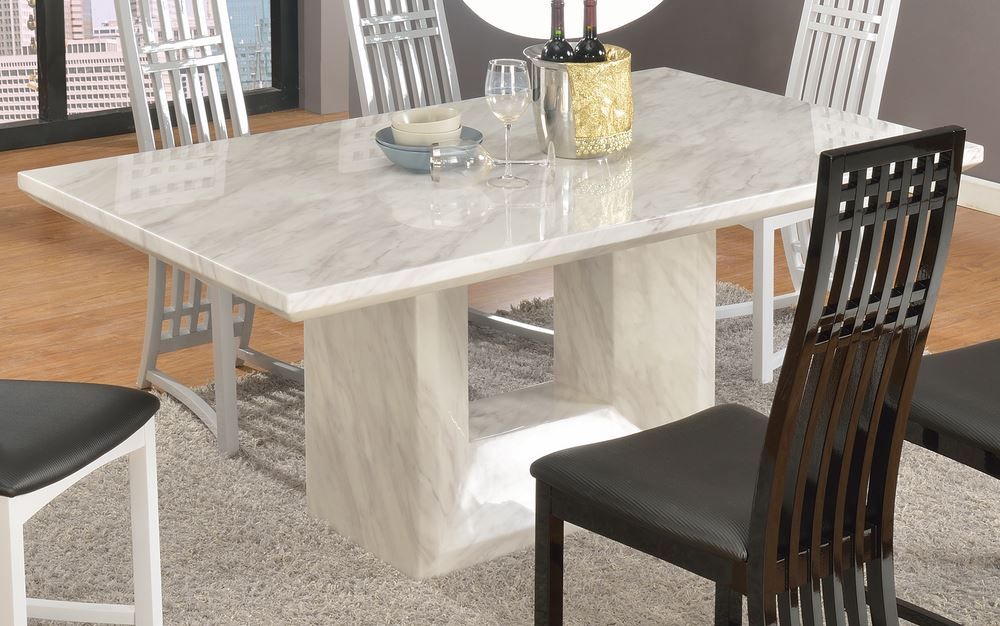1. How to Clean a Discolored Kitchen Sink Drain
If you've noticed that your kitchen sink drain has started to look discolored, don't panic. There are several easy and effective ways to clean and restore your drain to its former shine. The key is to identify the cause of the discoloration and choose the appropriate cleaning method.
One common cause of discoloration in kitchen sink drains is a buildup of food particles and grease. To clean this type of discoloration, start by removing any visible debris from the drain. Then, pour a mixture of hot water and dish soap down the drain and let it sit for a few minutes. Use a scrub brush or toothbrush to gently scrub the drain, paying extra attention to any discolored areas. Rinse the drain with hot water and repeat if necessary.
2. Causes of Discolored Kitchen Sink Drains
In addition to food particles and grease, there are other factors that can cause discoloration in kitchen sink drains. One potential cause is hard water, which contains high levels of minerals that can leave behind a white or yellowish residue. Another possible culprit is rust, which can occur if your drain is made of iron or if there is rust present in your pipes.
If you have hard water, you may need to use a specialized cleaner or descaler to remove the buildup. For rust stains, try using a mixture of lemon juice and salt or a commercial rust remover. Be sure to follow the instructions carefully and wear protective gloves when handling these types of cleaners.
3. DIY Solutions for Discolored Kitchen Sink Drains
If you prefer to use natural ingredients to clean your kitchen sink drain, there are several DIY solutions that can be just as effective as commercial products. Baking soda and vinegar are a powerful combination for removing discoloration and deodorizing your drain. Simply pour a cup of baking soda down the drain, followed by a cup of vinegar. Let the mixture sit for 10-15 minutes, then rinse with hot water.
You can also try using a mixture of lemon juice and baking soda, or a paste made from hydrogen peroxide and baking soda. These ingredients are known for their natural cleaning and whitening properties.
4. Professional Cleaning for Discolored Kitchen Sink Drains
If your kitchen sink drain is severely discolored or if you've tried DIY solutions without success, it may be time to call in the professionals. A plumber or drain cleaning service can use specialized tools and techniques to remove stubborn stains and buildup from your drain.
They may also be able to identify and fix any underlying issues that are contributing to the discoloration, such as a clogged or damaged pipe. While this option may be more expensive, it can save you time and frustration in the long run.
5. Preventing Discoloration in Kitchen Sink Drains
The best way to deal with a discolored kitchen sink drain is to prevent it from happening in the first place. Regular maintenance and cleaning can help keep your drain in good condition and prevent discoloration. Make sure to clean your drain regularly with hot water and dish soap, and avoid pouring grease or oil down the drain.
You can also install a mesh drain cover to catch food particles and prevent them from building up in your drain. Additionally, consider using a water softener if you have hard water, as this can help prevent mineral buildup in your drain.
6. Natural Remedies for Discolored Kitchen Sink Drains
If you prefer to stick with natural solutions, there are several household products that can help remove discoloration from your kitchen sink drain. For example, a mixture of lemon juice and salt can be an effective cleaner and deodorizer. You can also try using a paste made from baking soda and water, or a mixture of vinegar and baking soda.
Another natural remedy that can help remove discoloration is borax. Mix equal parts borax and lemon juice to create a paste, then use a scrub brush to apply it to your drain. Let it sit for 10-15 minutes before rinsing with hot water.
7. Common Household Products that Can Cause Discoloration in Kitchen Sink Drains
Sometimes, the products we use in our daily lives can contribute to discoloration in kitchen sink drains. For example, bleach and other harsh chemicals can damage pipes and cause discoloration. Avoid pouring these products down your drain and opt for natural or mild cleaners instead.
Certain foods can also cause discoloration, such as coffee grounds, tea bags, and tomato sauce. Make sure to dispose of these items properly and avoid putting them down your drain.
8. How to Remove Stubborn Stains from Kitchen Sink Drains
If you have a stubborn stain in your kitchen sink drain, there are a few methods you can try to remove it. One option is to use a mixture of baking soda and vinegar, as mentioned earlier. You can also try using a mixture of equal parts salt and baking soda, or a paste made from cream of tartar and lemon juice.
For rust stains, you can try using a mixture of lemon juice and salt, or a commercial rust remover. Be sure to follow the instructions carefully and take precautions to protect your skin.
9. Tips for Maintaining a Clean and Clear Kitchen Sink Drain
To keep your kitchen sink drain looking and functioning its best, there are a few simple tips you can follow. First, make sure to clean your drain regularly with hot water and dish soap. You can also use a mixture of baking soda and vinegar once a week to keep your drain free of buildup.
Additionally, avoid pouring grease, oil, and harsh chemicals down your drain. These substances can cause clogs and contribute to discoloration. Instead, dispose of them properly or use a designated container for greasy or oily waste.
10. Professional Products for Removing Discoloration in Kitchen Sink Drains
If you're dealing with persistent discoloration in your kitchen sink drain, there are professional products available that can help. These products are specifically designed to remove tough stains and buildup, and they can be found at most hardware or home improvement stores.
Be sure to follow the instructions carefully and wear protective gear, such as gloves and eye protection, when using these products. You may also want to consider hiring a professional drain cleaning service for more severe cases of discoloration.
Common Causes of a Discolored Kitchen Sink Drain
/how-to-install-a-sink-drain-2718789-hero-24e898006ed94c9593a2a268b57989a3.jpg)
Hard Water Buildup
 One of the most common causes of a discolored kitchen sink drain is hard water buildup. Hard water contains high levels of minerals such as calcium and magnesium, which can leave behind a white or yellowish residue on surfaces. Over time, this buildup can accumulate in your sink drain, causing it to appear discolored. Not only does this create an unsightly appearance, but it can also lead to clogging and slow drainage.
One of the most common causes of a discolored kitchen sink drain is hard water buildup. Hard water contains high levels of minerals such as calcium and magnesium, which can leave behind a white or yellowish residue on surfaces. Over time, this buildup can accumulate in your sink drain, causing it to appear discolored. Not only does this create an unsightly appearance, but it can also lead to clogging and slow drainage.
Mold and Mildew Growth
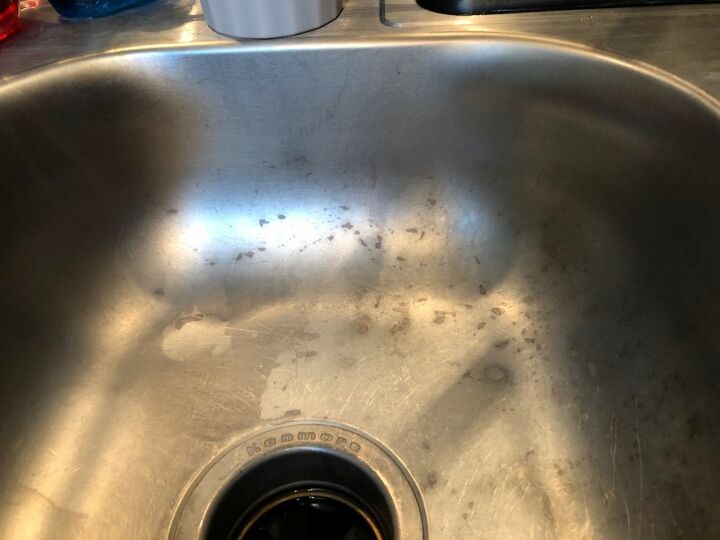 Another potential cause of a discolored kitchen sink drain is the growth of mold and mildew. These fungi thrive in damp environments and can easily grow in the moist, dark conditions of a sink drain. If you notice a black or greenish tint to your sink drain, it may be a sign of mold or mildew growth. Not only does this give your sink a dirty appearance, but it can also cause unpleasant odors and potentially harm your health.
Another potential cause of a discolored kitchen sink drain is the growth of mold and mildew. These fungi thrive in damp environments and can easily grow in the moist, dark conditions of a sink drain. If you notice a black or greenish tint to your sink drain, it may be a sign of mold or mildew growth. Not only does this give your sink a dirty appearance, but it can also cause unpleasant odors and potentially harm your health.
Old, Worn Out Pipes
 If your kitchen sink drain is discolored and you've ruled out hard water buildup or mold and mildew growth, it may be due to old, worn out pipes. Over time, pipes can become corroded, leading to discoloration and potentially even leaks. If you have an older home or haven't replaced your pipes in a while, it may be time to have them inspected and possibly replaced to prevent further discoloration and potential plumbing issues.
If your kitchen sink drain is discolored and you've ruled out hard water buildup or mold and mildew growth, it may be due to old, worn out pipes. Over time, pipes can become corroded, leading to discoloration and potentially even leaks. If you have an older home or haven't replaced your pipes in a while, it may be time to have them inspected and possibly replaced to prevent further discoloration and potential plumbing issues.
Preventing and Fixing Discolored Sink Drains
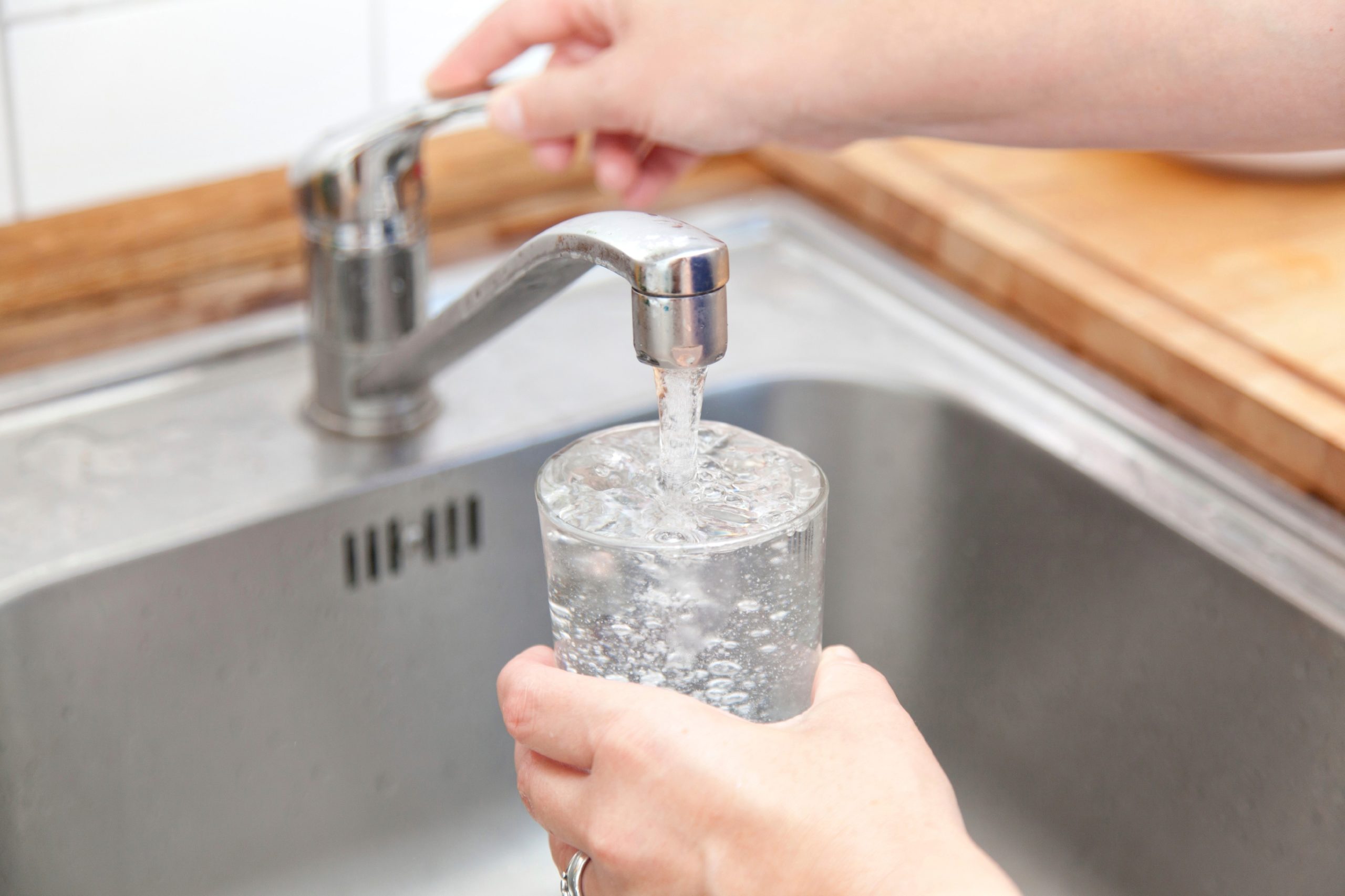 Now that you know some common causes of a discolored kitchen sink drain, it's important to take steps to prevent and fix the issue. Regularly cleaning your sink drain with a mixture of hot water and
baking soda
can help remove hard water buildup and prevent mold and mildew growth. You can also
install a water softener
to reduce the mineral content in your water and prevent future buildup.
If you suspect your sink drain discoloration is due to old pipes, it's best to
hire a professional plumber
to inspect and replace them if necessary. This will not only improve the appearance of your sink, but it can also prevent potential plumbing problems in the future.
In conclusion, a discolored kitchen sink drain is a common issue that can be caused by various factors such as hard water buildup, mold and mildew growth, and old pipes. By understanding the causes and taking preventative measures, you can keep your sink drain looking clean and functioning properly. If the discoloration persists, don't hesitate to seek help from a professional to ensure your plumbing is in good condition.
Now that you know some common causes of a discolored kitchen sink drain, it's important to take steps to prevent and fix the issue. Regularly cleaning your sink drain with a mixture of hot water and
baking soda
can help remove hard water buildup and prevent mold and mildew growth. You can also
install a water softener
to reduce the mineral content in your water and prevent future buildup.
If you suspect your sink drain discoloration is due to old pipes, it's best to
hire a professional plumber
to inspect and replace them if necessary. This will not only improve the appearance of your sink, but it can also prevent potential plumbing problems in the future.
In conclusion, a discolored kitchen sink drain is a common issue that can be caused by various factors such as hard water buildup, mold and mildew growth, and old pipes. By understanding the causes and taking preventative measures, you can keep your sink drain looking clean and functioning properly. If the discoloration persists, don't hesitate to seek help from a professional to ensure your plumbing is in good condition.
















/how-to-install-a-sink-drain-2718789-hero-b5b99f72b5a24bb2ae8364e60539cece.jpg)













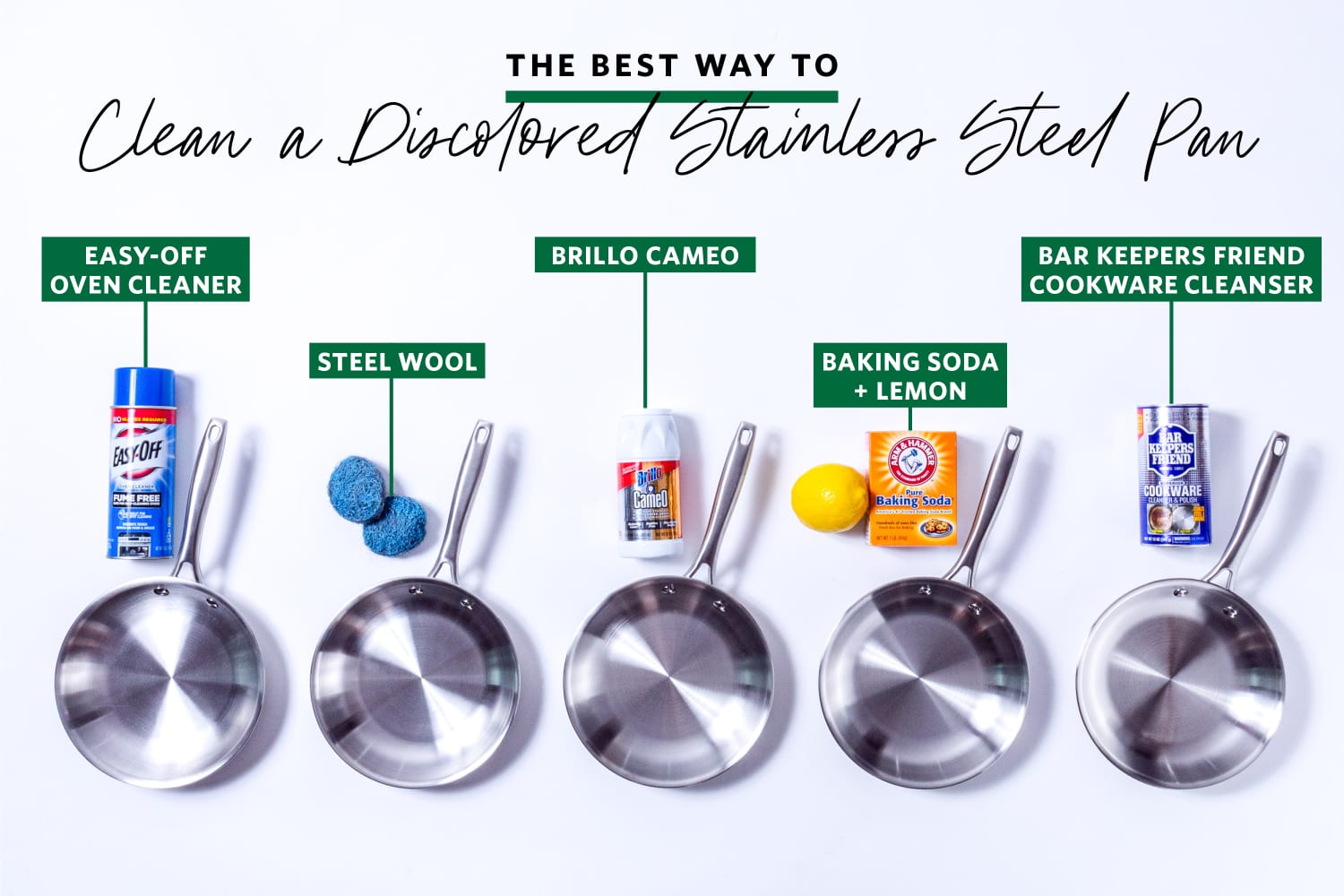




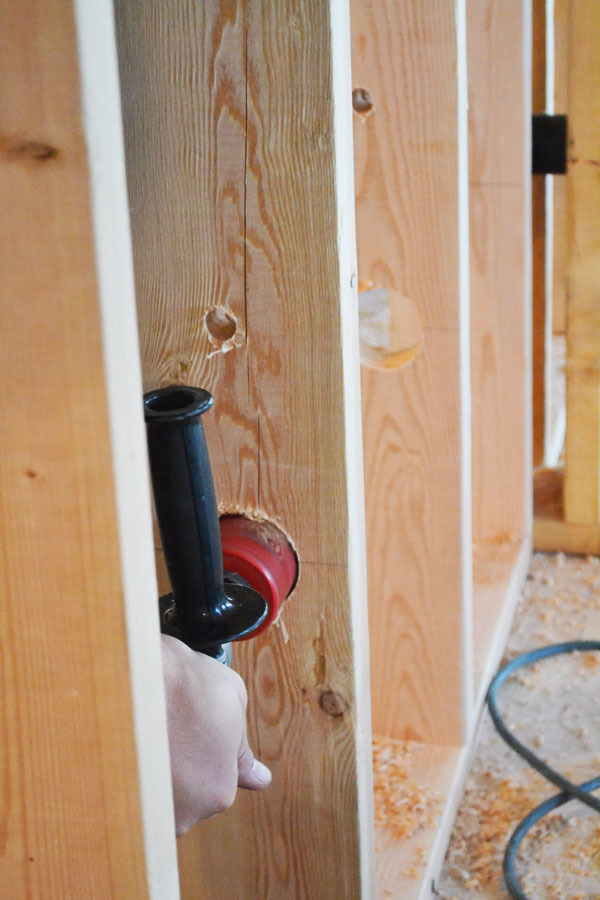






:max_bytes(150000):strip_icc()/how-to-install-a-sink-drain-2718789-hero-24e898006ed94c9593a2a268b57989a3.jpg)

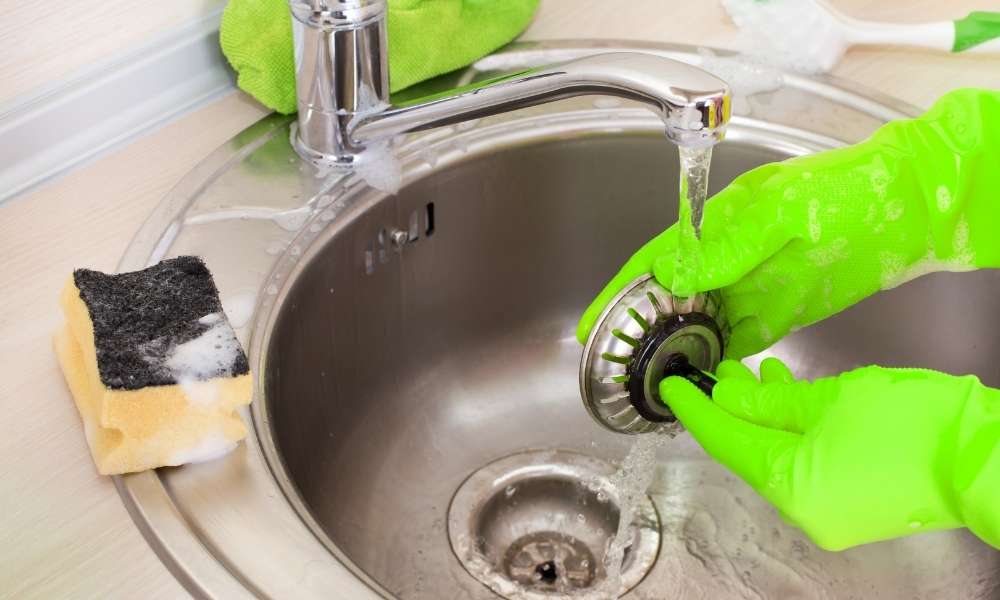



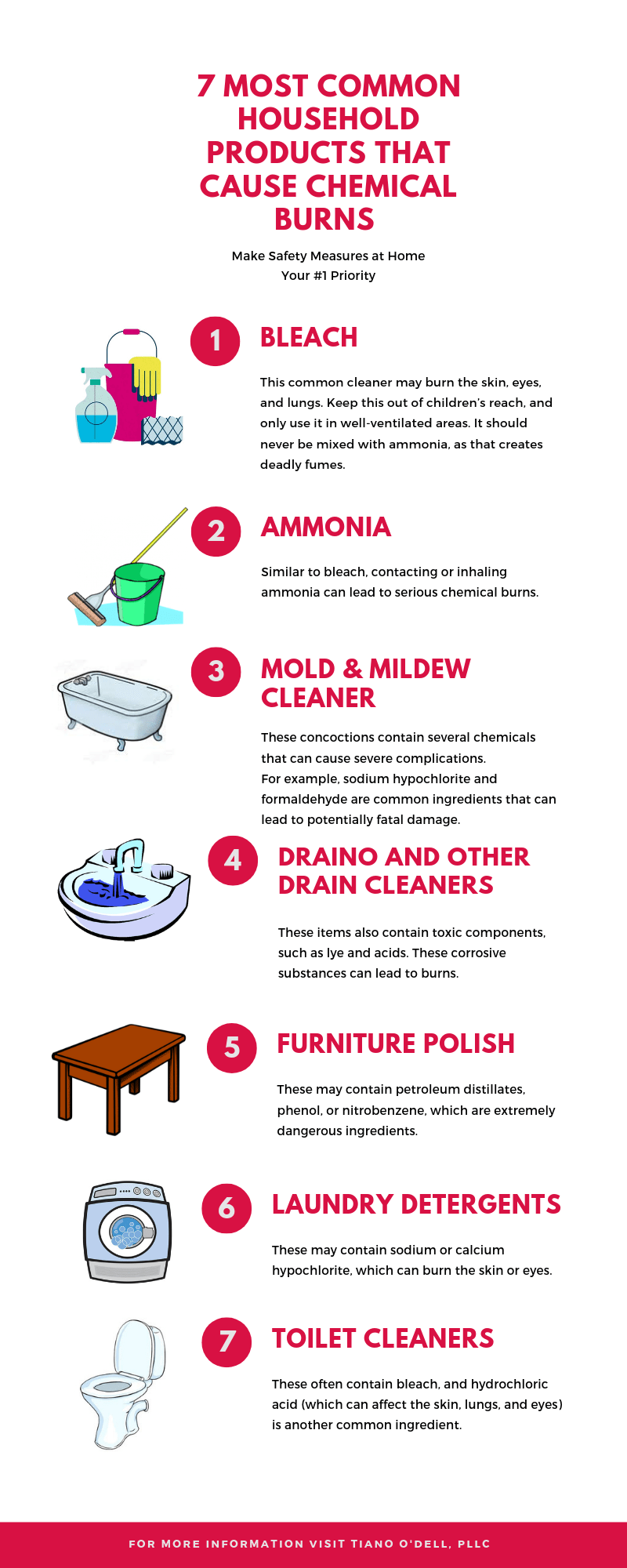
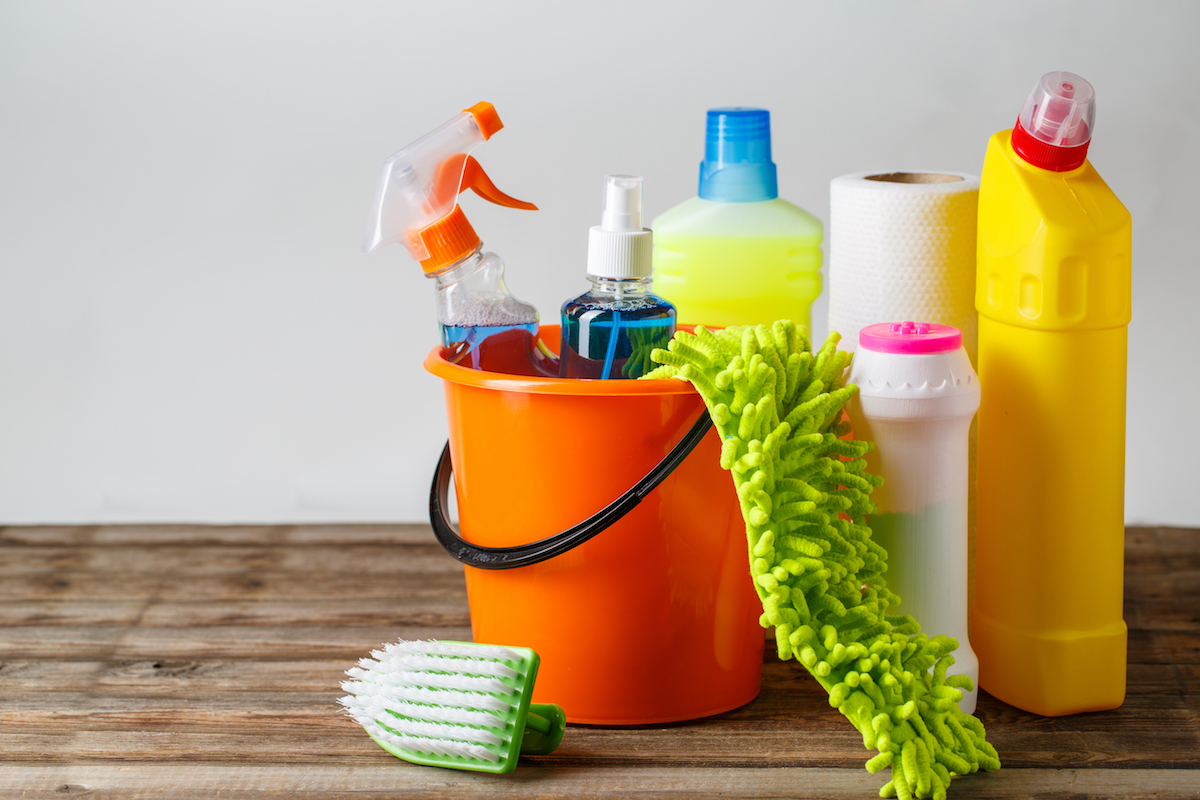
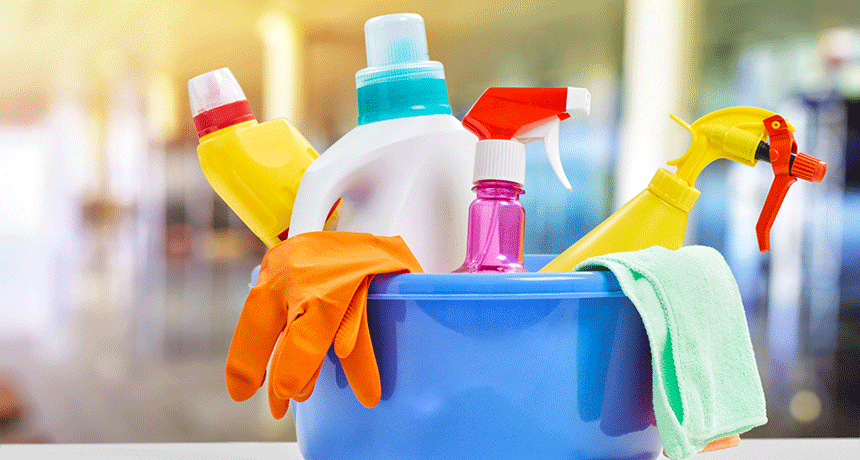
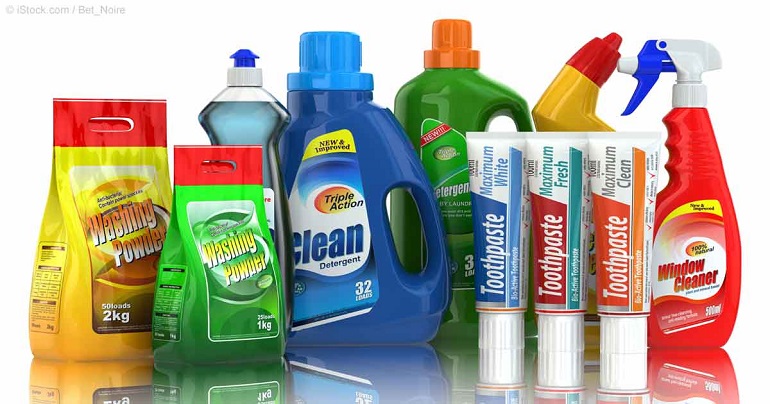











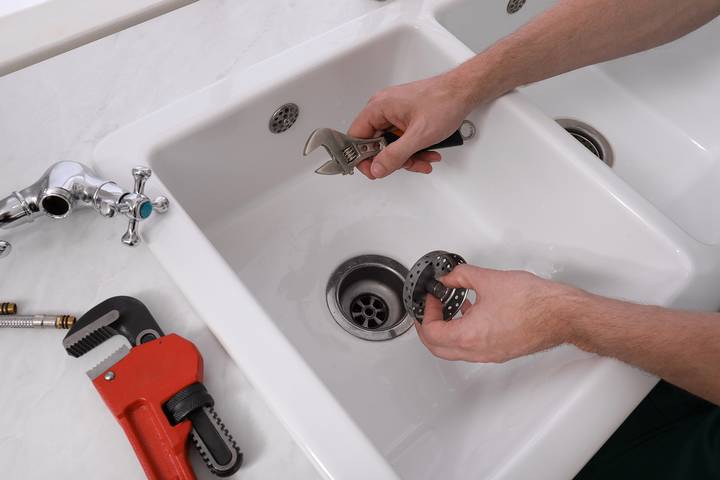








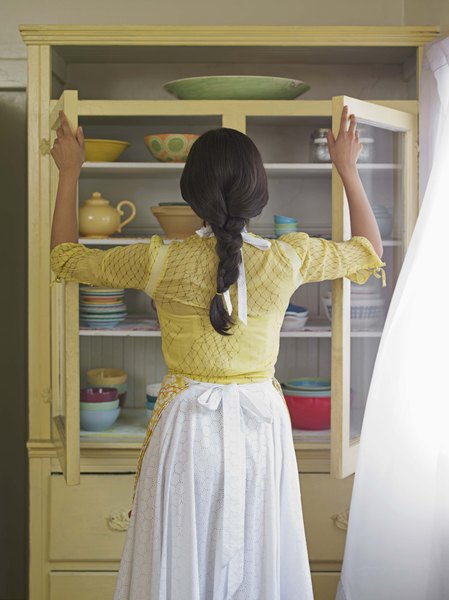



:max_bytes(150000):strip_icc()/how-to-install-a-sink-drain-2718789-hero-24e898006ed94c9593a2a268b57989a3.jpg?strip=all)




